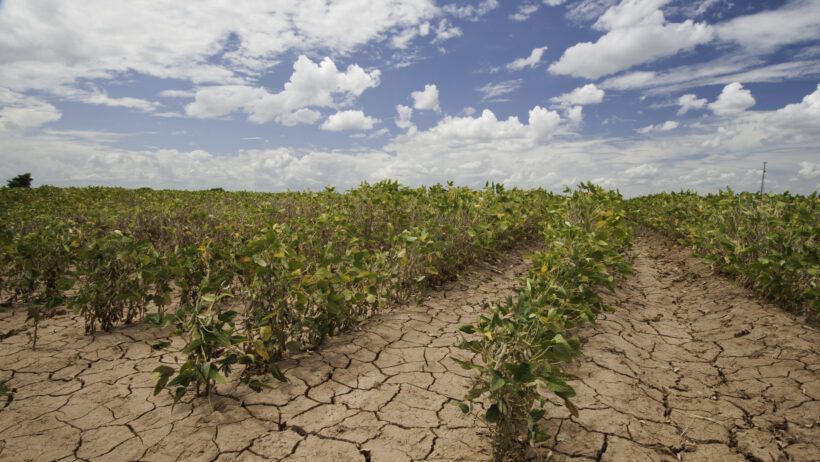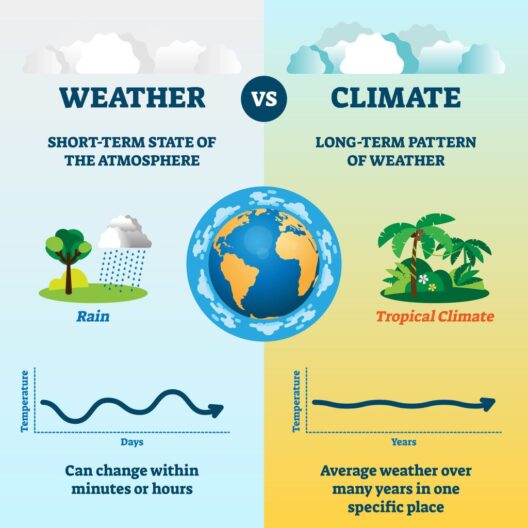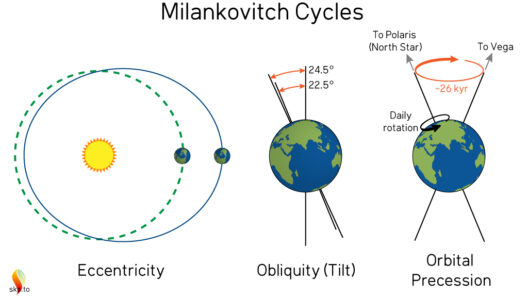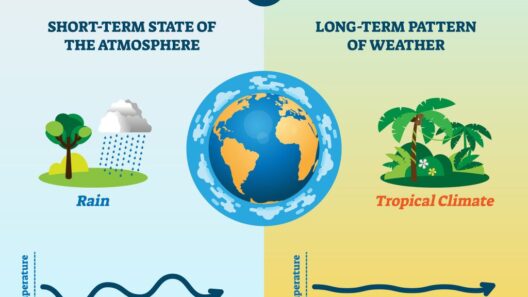The phenomenon of drought has become a recurring specter in our modern world, one that evokes a plethora of reactions—from concern to disbelief. As we witness parched landscapes and dwindling reservoirs, it becomes increasingly apparent that the adversities precipitated by climate change extend beyond mere fluctuations in weather patterns. Instead, they manifest as a complex interplay of environmental, economic, and societal challenges. Understanding this multifaceted issue is imperative for fostering a landscape of resilience.
A common observation is the worrisome prevalence of drought conditions across various regions of the globe. Yet, the underlying causes warrant closer scrutiny. Climate change, predominantly driven by anthropogenic activities, has irrevocably altered weather patterns and exacerbated the frequency and intensity of droughts. Key factors such as increased evaporation due to higher temperatures, shifts in precipitation patterns, and the diminishing snowpack are instrumental in contributing to these alarming trends.
One cannot overlook the interrelationship between temperature and moisture. As global temperatures continue to rise, the capacity of the atmosphere to retain moisture expands, leading to intensified evaporation from bodies of water and soil surfaces. This cycle of evaporation creates a paradox where regions become drier even amid irregular rainfall. The assumption that precipitation alone could suffice to address water scarcity is fundamentally flawed; it is the combination of temperature increase and uneven rainfall that catalyzes drought.
Moreover, changing precipitation patterns are emblematic of climate disruption. The once predictable seasons are now characterized by erratic storms, sporadic downpours, and prolonged dry spells. While some areas may experience an increase in rainfall, the rainfall often falls in deluge form, leading to flooding. In contrast, many regions grapple with an insidious desiccation. This disparity highlights a critical inequity: While some might benefit momentarily from increased precipitation, others face the grim repercussions of sustained drought, exacerbating water scarcity.
Another critical aspect is the melting of glaciers and diminishing snowpack in alpine regions, which are historically vital sources of freshwater. Glaciers act as natural reservoirs, slowly releasing water into rivers and streams throughout warmer months when demand is highest. However, with climate change destabilizing these ecosystems, we witness accelerated melting and, consequently, the depletion of these vital sources. This not only diminishes the quantity of available water but also disrupts the seasonal flow patterns reliant upon the gradual melt of snow and ice.
Addressing the drought dilemma compels an examination of agricultural practices, wherein water usage poses a substantial concern. As we cultivate crops in an era of increasingly erratic water availability, the issue transcends individual consumption; it escalates into a systemic crisis. Agriculture accounts for approximately 70% of global freshwater withdrawals. Unsustainable practices, such as over-extraction of groundwater and the use of water-intensive crops in arid regions, further exacerbate the situation. A transition towards sustainable agricultural practices is non-negotiable if we are to mitigate water scarcity and foster a more resilient food system.
The economic implications of drought are staggering. Communities that depend on agriculture for their livelihoods experience direct consequences such as reduced crop yields, leading to food insecurity. As drought persists, these areas fail to support their populations adequately, instigating a vicious cycle of poverty and disenfranchisement. Furthermore, the cost of water increasingly escalates, producing further inequities. The emphasis on economic growth without a concomitant consideration of ecological limits results in unsustainable practices that deplete our water resources.
Water-bearing ecosystems, including wetlands and rivers, bear the brunt of climate-induced drought. These vital habitats are not merely a backdrop for picturesque landscapes; they serve as indispensable components of our environment that support biodiversity. Diminishing water availability leads to the degradation of these fragile ecosystems, further destabilizing the web of life that relies on them. The loss of biodiversity has postcard ramifications, altering species dynamics and diminishing the resilience of these ecosystems against the backdrop of ongoing climate change.
Innovation plays a pivotal role in confronting the drought dilemma. Advancements in technology offer a dual-edged sword, presenting both challenges and solutions. On one hand, the extraction of groundwater through increasingly efficient drilling techniques may exacerbate scarcity; on the other, innovations in water-saving irrigation methods and crop selection can mitigate some impacts. Rainwater harvesting and greywater recycling are also emergent practices that demonstrate how communities can recalibrate their relationship with water to foster sustainability.
In conclusion, the discussion surrounding drought and climate change illuminates the interwoven complexities of environmental, social, and economic systems. As we tread further into an uncertain future shaped by climate fluctuations, it is paramount to recognize that the solutions lie not only in technological advancements but also in a collective commitment to sustainable practices. Fostering an ethos of conservation and cooperation can pave the way for resilience against the impending challenges posed by water scarcity. It is incumbent upon individuals, communities, and nations to heed the call to action; after all, the water we conserve today safeguards the future generations who will tread upon this irreplaceable planet.





